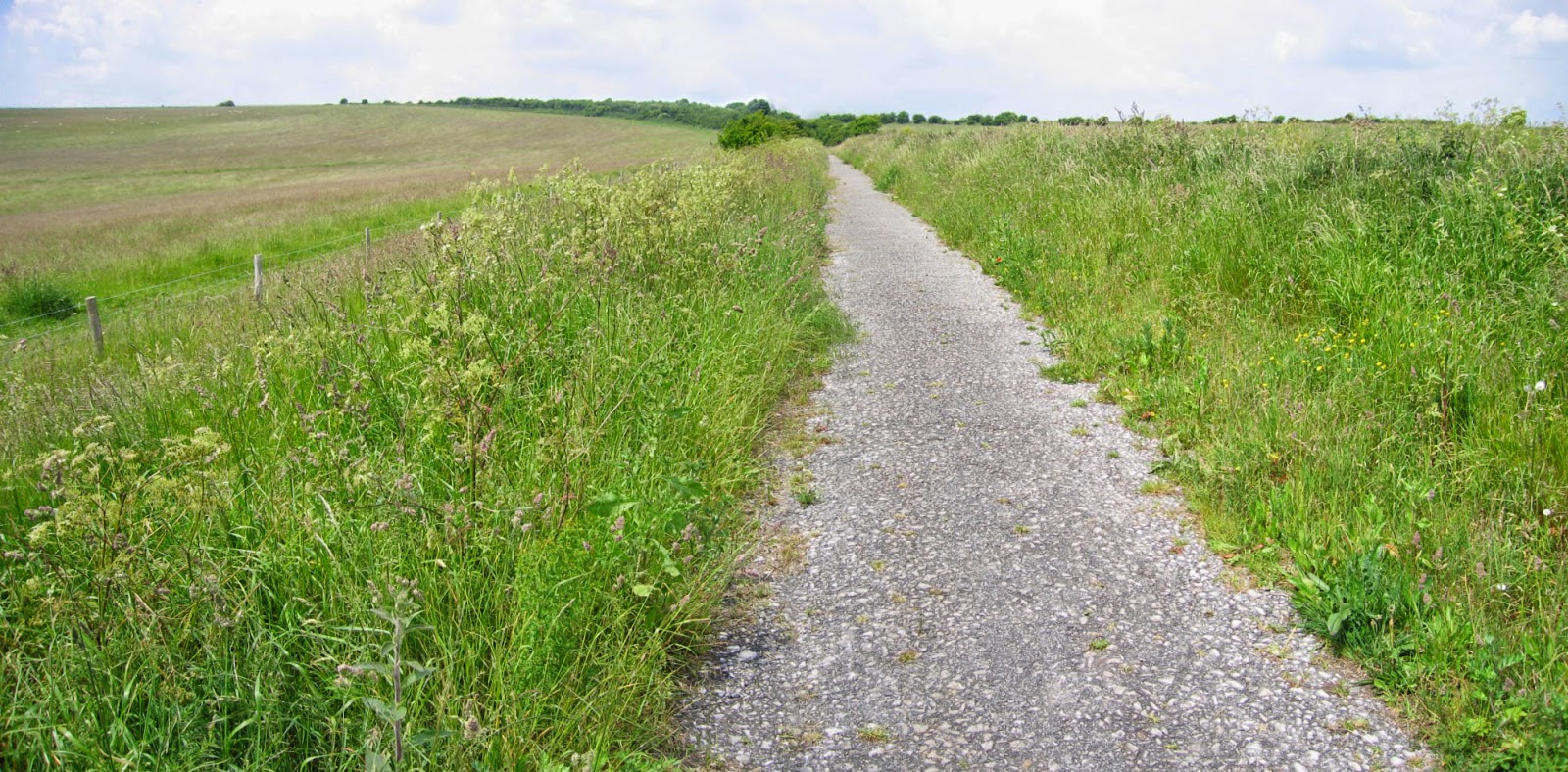Lewes and Evesham 1264-65: A Partial Review

Lewes And Evesham 1264-65 (Simon de Montfort and the Barons' War) by Richard Brooks and illustrated by Graham Turner is recently released (2015) Osprey Publishing account of these campaigns and battles, referenced as Campaign 285. Eagerly awaited and immediately consumed (the Lewes part) I can now report on what it is and what it is not. Running to 96 printed pages, 40 of those pages are devoted to the Lewes campaign of 1264. Accompanied by 3 bespoke maps, two 3-dimensional 'bird's-eye-view' map illustrations and two of Turner's illustrations Including the cover above) it is a concise, detailed synopsis of events. This is also an invaluable must-have first stop. I say first stop because it many ways it is an updated rehash of much which is already known about this battle, limited to the confines of the Osprey Publishing approach. Once the preceding events of the capture of Northhampton and the siege of Rochester are dispensed with, the Lewes narrative is red...







